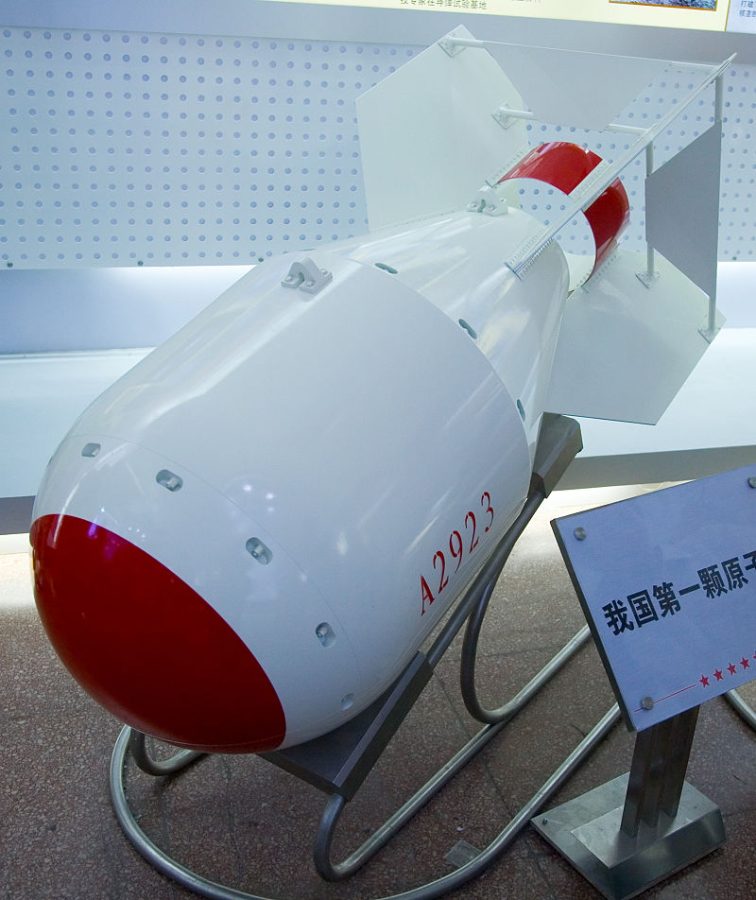China tests new hypersonic missile, tensions in south pacific continue to escalate
China tested a new hypersonic missile in July. This comes as tensions in the south pacific continue to rise between the U.S. and China.
In July, the Chinese government tested a new missile in the south pacific. It was a nuclear-capable, hypersonic (faster than the speed of sound) missile that circled the entire globe before striking close to its target. Speaking to the Financial Times, sources familiar with U.S. Intelligence said the test took everyone by surprise, raising questions about the future of U.S.-China relations.
General Mark Milley, chairman of the Joint Chiefs of Staff, told Bloomberg Television that the test was “very concerning,” and compared it to the 1957 launch of the Sputnik satellite that gave the Soviet Union an early lead in the space race.
At a press briefing for the Defense Department, Spokesperson John Kirby refused to answer questions about Milley’s comment. However, he did say that, “this is not a technology that is alien to us, that we haven’t been thinking about for a while.” He also mentioned the capabilities of the U.S. in this area: “our own pursuit of hypersonic capabilities is real, it’s tangible and we are absolutely working towards being able to develop that capability.”
The Chinese government denied that they launched a missile, calling it instead a “spacecraft.” In a press conference hosted by the Chinese Foreign Ministry, spokesperson Zhao Lijan described the test as a, “routine test of spacecraft to verify technology of spacecraft’s reusability.”
Lijan also insisted that, “China will work with other countries in the world for the peaceful use of space for the benefit of mankind.”
The tests taking U.S. Intelligence by surprise demonstrates the rising tensions between the countries. “China…is intent on designing nuclear weapons that aim to nullify America’s globe-spanning missile defenses. A maneuverable weapon [which this missile is more likely to be able to do] hurtling toward a target at hypersonic speeds is impossible for existing U.S. defenses to shoot down,” theorizes national security reporter W.J. Hennigan.
Selin Guner, a global studies and political science professor at St. Edward’s University, emphasized the need for China to make its intentions clear. “It is difficult to say that China is a real threat to international security since they have not explained why they are doing the testing for. Overall, I think all states should seek transparency and confidence building,” Guner said.
Guner also predicted that the U.S. will not retaliate in any way, especially given Biden’s preference for a no-first-strike policy. She believes that the U.S. should take a “diplomatic and multilateral approach” in encouraging China to clarify their intentions, considering the U.S.’ “leverage in organizing the international community.”







